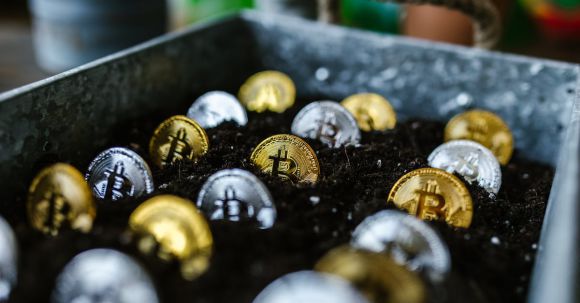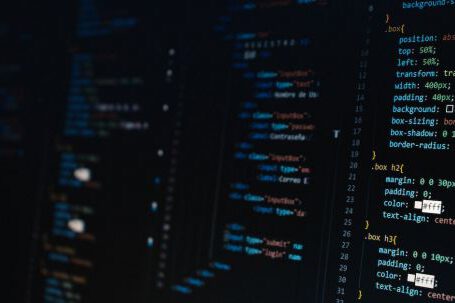Counterfeit goods have become a significant global problem, affecting both consumers and businesses. From fake luxury handbags to counterfeit medications, the market for fraudulent products continues to grow, causing economic losses and putting people’s health at risk. However, with the rise of blockchain technology, there is hope for a more secure and transparent future. In this article, we will explore the potential of blockchain in combating counterfeit goods.
The Challenge of Counterfeit Goods
Counterfeit goods pose a significant challenge for consumers and businesses alike. Not only do these fake products deceive consumers, but they also harm legitimate businesses by stealing their intellectual property rights and revenue. Additionally, counterfeit goods often fail to meet safety and quality standards, putting consumers’ health and safety at risk.
The Role of Blockchain
Blockchain, a decentralized and transparent technology, has gained attention for its potential to transform various industries, including supply chain management. The technology creates a digital ledger that records and verifies transactions across multiple computers, making it virtually impossible for anyone to alter or manipulate the data. This level of transparency and immutability makes blockchain an ideal solution for combating counterfeit goods.
Supply Chain Transparency
One of the key advantages of blockchain in combating counterfeit goods is its ability to provide supply chain transparency. By recording every transaction and movement of a product on the blockchain, businesses can trace the entire journey from the manufacturer to the end consumer. This transparency ensures that every step of the supply chain is accounted for, making it easier to identify and eliminate counterfeit products.
Authentication and Verification
Blockchain technology can also be used to authenticate and verify the authenticity of products. By assigning a unique identifier to each product and recording it on the blockchain, businesses can create a digital fingerprint that cannot be replicated. Consumers can then scan these identifiers using their smartphones to verify the authenticity of the product and ensure that it is not counterfeit.
Smart Contracts and Intellectual Property Rights
Smart contracts, which are self-executing contracts with the terms of the agreement directly written into code, can play a crucial role in protecting intellectual property rights. By using blockchain technology, businesses can create smart contracts that automatically enforce intellectual property rights, preventing unauthorized production of counterfeit goods. This ensures that creators and innovators are duly rewarded for their work and discourages counterfeiters from profiting off their ideas.
Consumer Empowerment
Blockchain technology empowers consumers by giving them access to transparent and reliable information about the products they purchase. By scanning a product’s unique identifier on the blockchain, consumers can instantly access information about its origin, manufacturing process, and quality assurance. This enables consumers to make informed decisions and avoid purchasing counterfeit goods.
Challenges and Limitations
While blockchain technology holds great promise in combating counterfeit goods, it is not without its challenges and limitations. One major challenge is the need for widespread adoption and collaboration among businesses, governments, and consumers. For blockchain to be effective, all parties involved in the supply chain must be willing to participate and share information.
Another limitation is the potential for counterfeiters to adapt and find ways to exploit the technology. As blockchain becomes more widely used, counterfeiters may seek innovative ways to counterfeit the unique identifiers or manipulate the data recorded on the blockchain. Constant vigilance and technological advancements will be necessary to stay one step ahead of these counterfeiters.
In conclusion, blockchain technology has the potential to revolutionize the fight against counterfeit goods. By providing supply chain transparency, authentication and verification, protecting intellectual property rights, and empowering consumers, blockchain can significantly reduce the prevalence of counterfeit products in the market. However, widespread adoption and continuous innovation are essential to fully leverage the potential of blockchain in combating counterfeit goods. Only through collaboration and a commitment to transparency can we hope to create a safer and more authentic marketplace for consumers and businesses alike.





